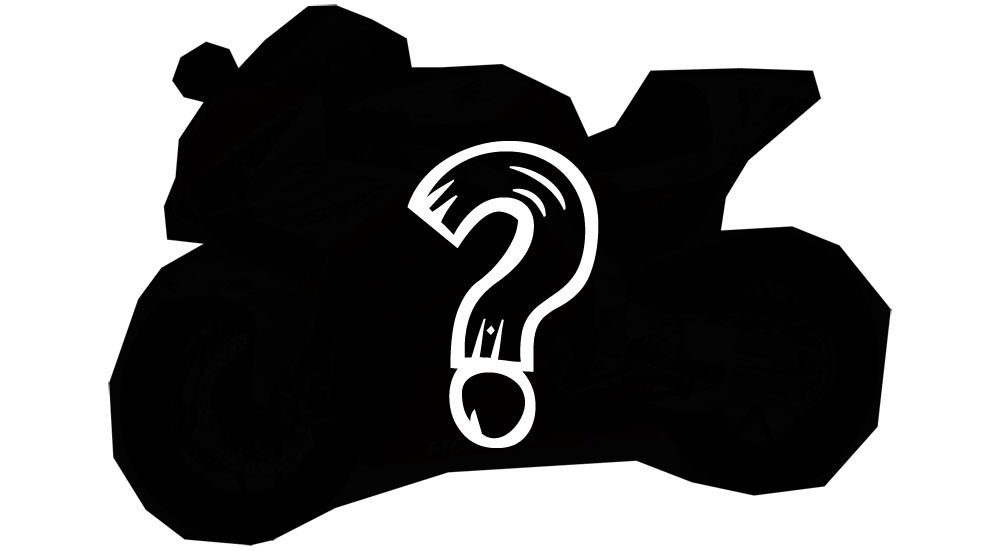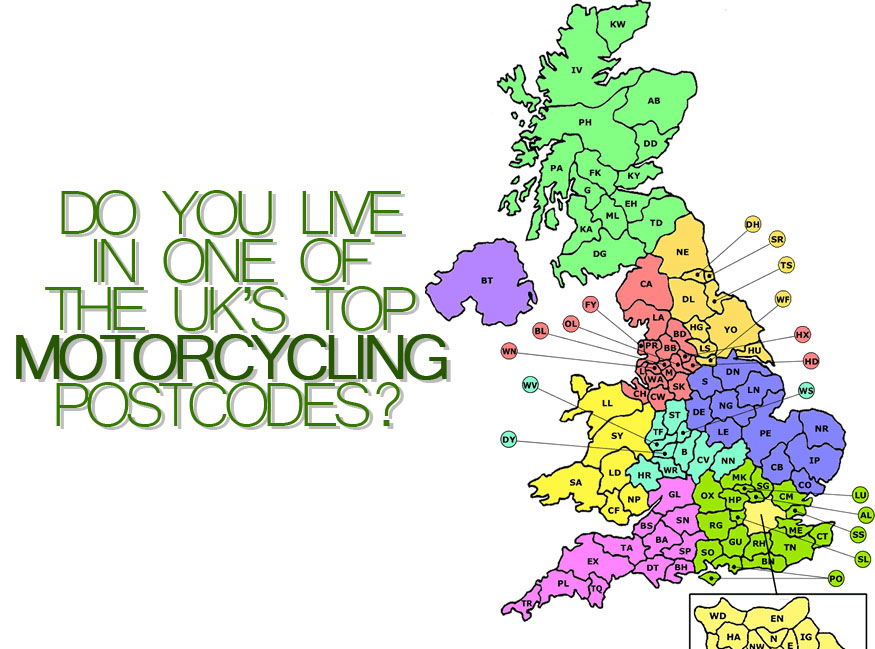Top 10 fastest production motorcycles from 10 decades
What were the fastest motorcycles you could buy in the 1920s, 1930s, 1940s and on to the present day? Has our quest for speed ended?
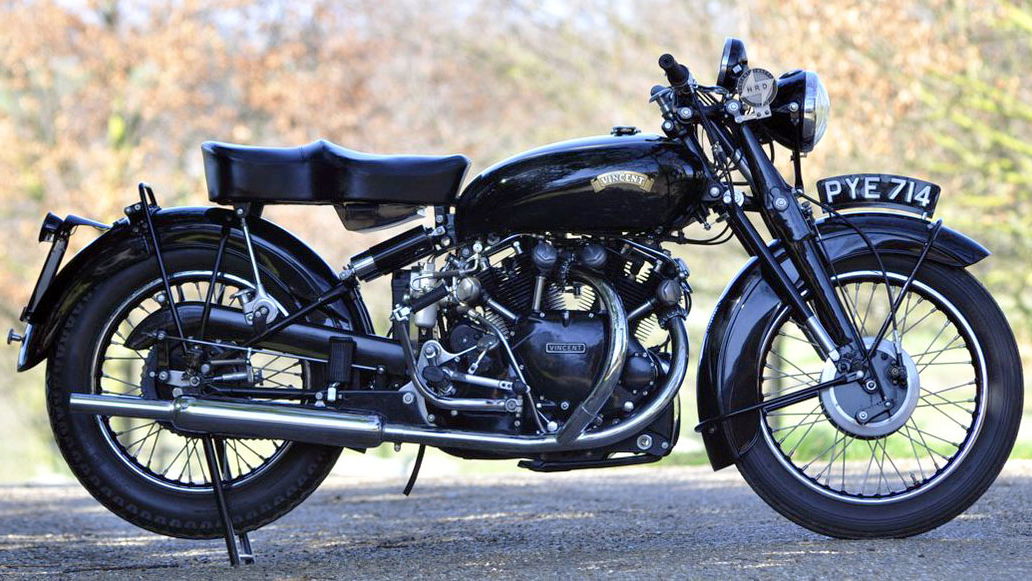
Link: Ducati 1199 Panigale vs. Porsche 911 GT2 RS
DRAWING up a list of today’s fastest off-the-shelf bikes is something of a pointless exercise. Parity in power combined with a self-imposed 186mph top speed limit means that there’s a whole gamut of superbikes that are just as fast as one another – any top speed shootout is just as likely to come down to an individual rider’s ability to tuck in neatly as much as his mount’s natural ability.
But it’s not always been that way. So here’s our run down of the top ten fastest production bikes, one for each decade since the 1920s.
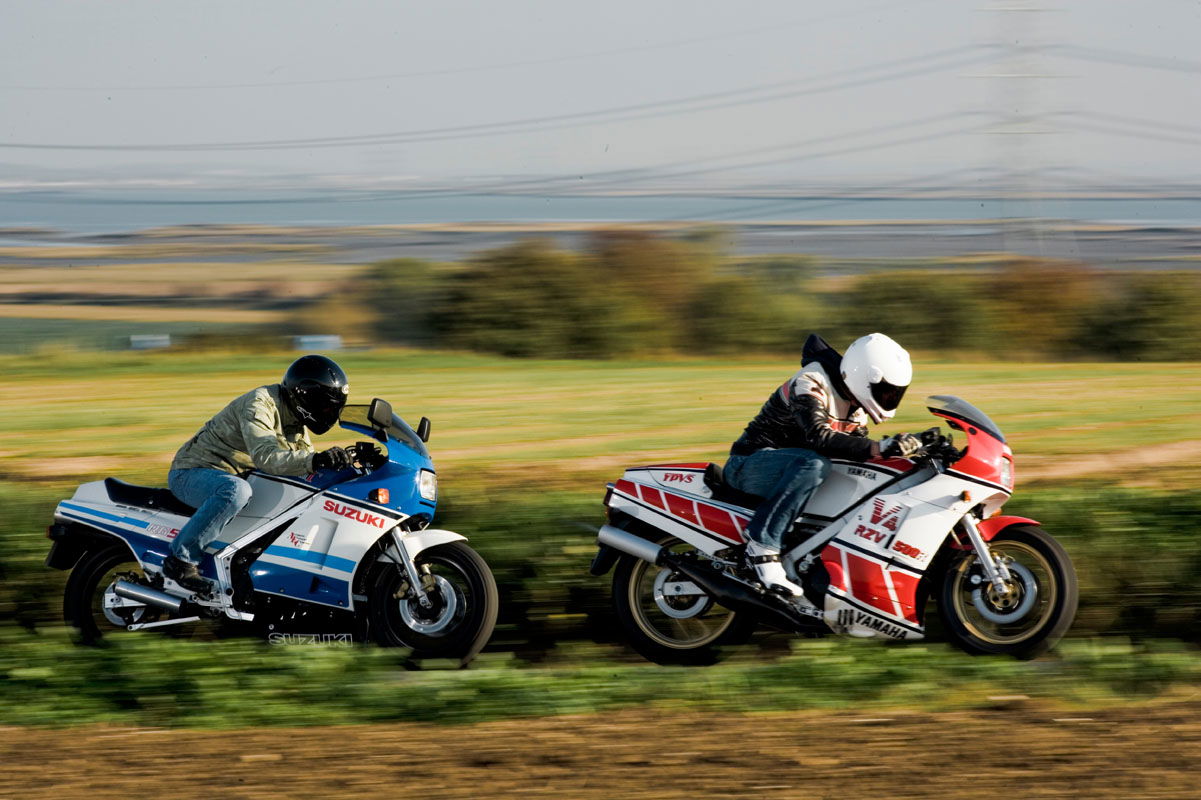
10: 1920s
BACK when the motorcycle was as fresh and new as the internet is today – and no doubt surrounded by endless middle-aged stick-in-the-muds claiming that ‘a horse was good enough for me’ – there wasn’t much doubt over who was fastest. No, any public-house argument over ‘mine’s quicker than yours’ would be ended the moment a man with a Brough Superior walked into the bar.
With top speed built into the bikes’ names, there was no need to ask the owner of an SS80 or SS100 “what’ll it do, mister?” – the machines were individually tested and guaranteed to achieve in MPH the number in their name. In fact, SS100s were clocked at well over 100mph, with George Brough himself hitting more than 130mph on a tuned one in 1928.
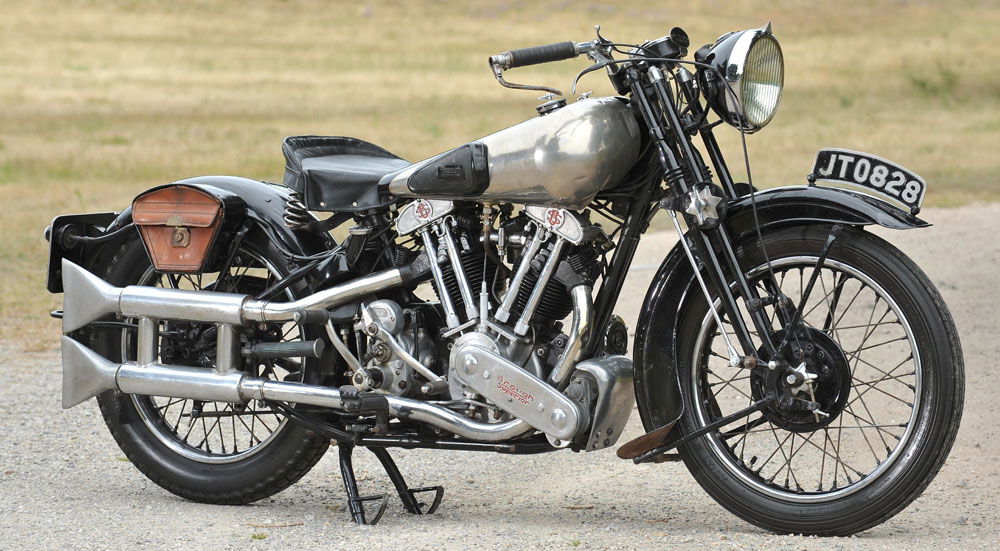
9: 1930s
STRICTLY-speaking, a Brough might well have remained the fastest bike you could buy in the 1930s, since their production continued until the outbreak of WW2. Power increased by around 50% between the SS100s introduction and the launch of the special ‘two of everything’ model in the mid-1930s, which would easily hit 110mph. However, the American Crocker V-Twin would give them a run for their money, speed wise, with a similar 110mph top end.
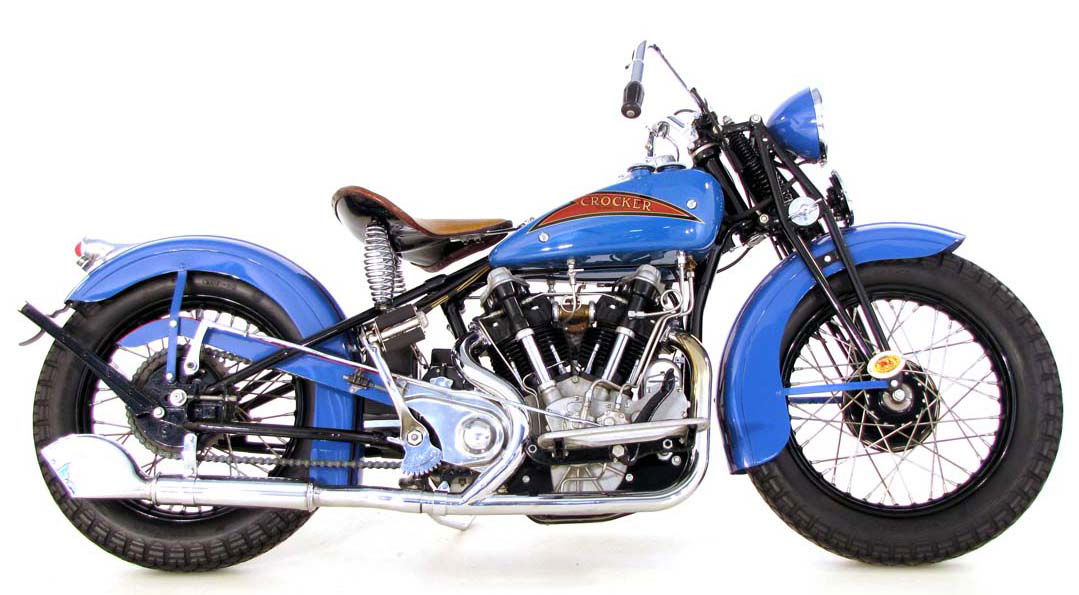
8: 1940s
WITH WW2 marking the end of production for both Brough and Crocker, the field was wide open for post-war newcomers looking to up the speed ante, and Vincent’s legendary Black Shadow did just that. In fact, it set standards that wouldn’t be beaten for years to come.
The Black Shadow’s 125mph top speed would still be respectable in the 1970s, let alone 1948 when it was launched. While 55bhp from a 1000cc twin might not sound impressive today, at the time it was fairly astonishing.
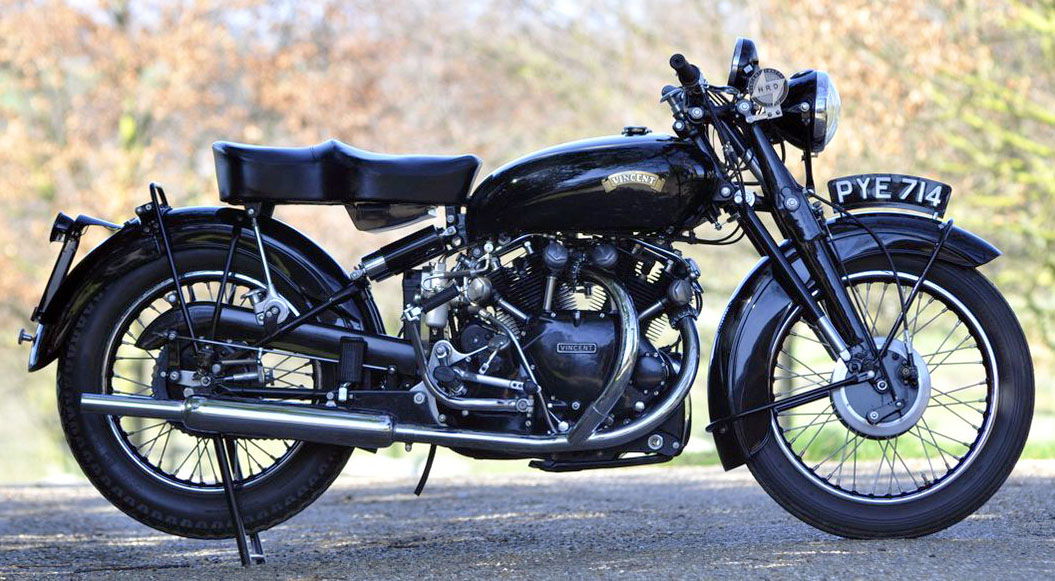
7: 1950s
The fastest production bike of the 1950s was, erm, exactly the same as the fastest of the 1940s. Nothing could top the Black Shadow for the whole decade, even though the company closed in 1955. So, perhaps for the only time other than during the war years, the ‘fastest production motorcycle’ title would have to go to something slower than the previous title holder. By the 50s there were several fast-ish bikes that could have taken the title, but the BSA Gold Star Clubman, with a 110mph top end, is most commonly cited as the fastest of its day.
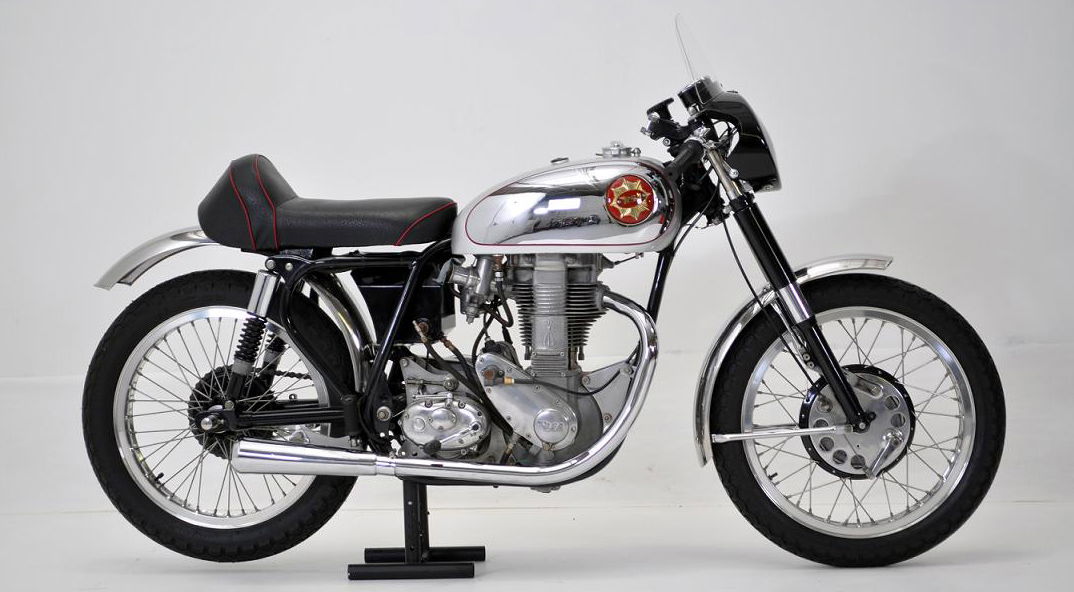
6: 1960s
NOW we’re getting somewhere. While the 1960s dawned as an era of single-cylinder bikes still designed around pre-war ideas, they ended with the first batch of bikes that could be seen as real predecessors of today’s bikes. The Honda CB750 of 1969 is widely acclaimed as the first ‘modern’ super bike – four cylinders, disc brakes and with a 125mph top speed, it was arguably the fastest machine you could buy. Some suggest that the BSA Rocket 3 (and its Triumph Trident sibling) were equally quick, but we know which we’d feel more comfortable trying to max out today, and it’s the Japanese machine.
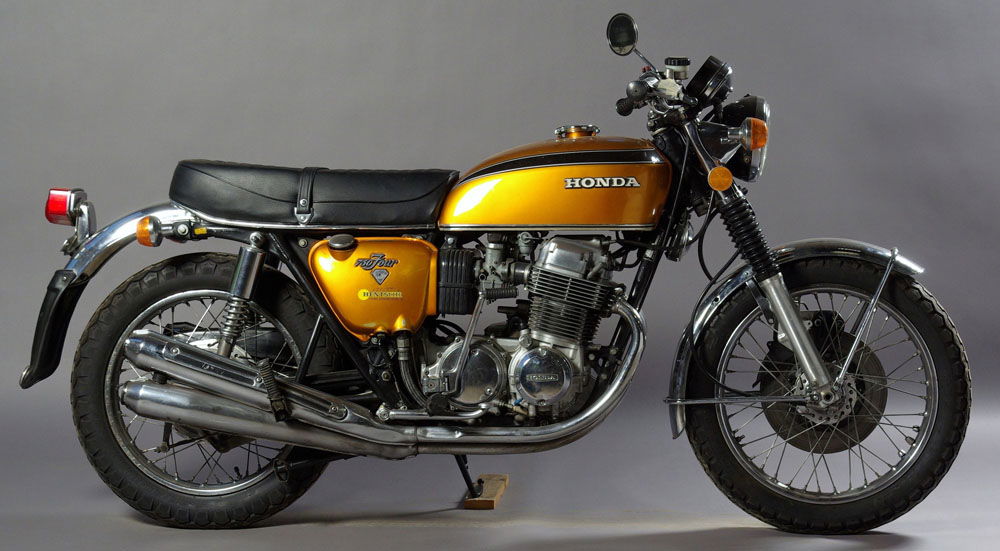
5: 1970s
BY the end of the 1970s, a sea change in top speed was on the verge of happening. Manufacturers had discovered something called aerodynamics and fairings – once a race-only concept – were about to become big news. And it was a fairing that led to the creation of our first contender for ‘fastest production bike of the 1970s’ – although it slightly stretches the definition of production. The machine in question was the Dunstall Suzuki GS1000CS. Legendary journalist LJK Setright awarded it the ‘fastest production bike’ title in his 1979 tome ‘The Guinness Book of Motorcycling Facts & Feats”. A GS1000 with an aftermarket Dunstall fairing, taller gearing and engine modifications, all installed with the blessing of Suzuki GB and offered with a full warranty, the Dunstall GS1000CS managed 154.2mph with Setright at the helm. Was it really a ‘production bike’? We’ll let you argue over that one…
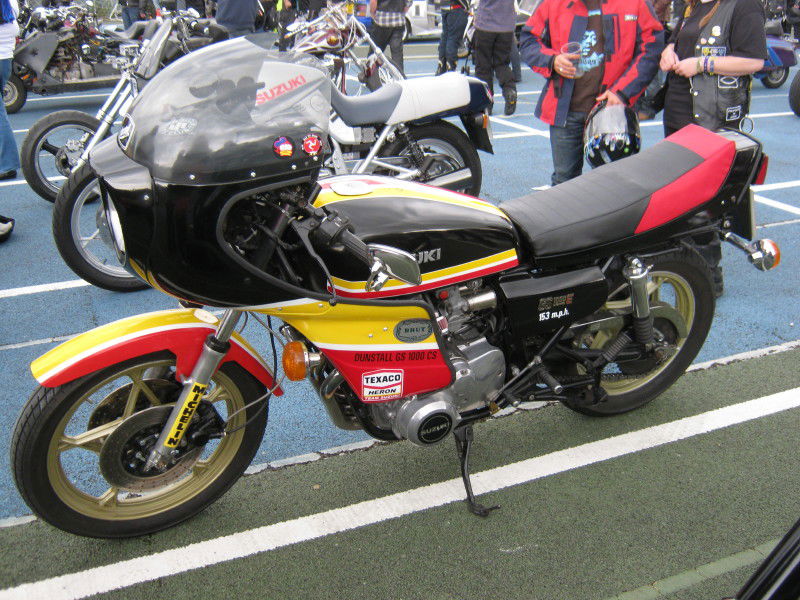
4: 1980s
WITH fairings now accepted as essential on fast bikes, the scene was set in the 1980s for a massive increase in top speeds. And we weren’t let down. Bikes like the Suzuki GSX-R1100, Yamaha FZR1000 EXUP and Kawasaki ZX-10 all pushed top speeds beyond the 165mph mark, with the EXUP’s 169mph putting it desperately close to breaching the 170mph barrier. Bimota used the same engine in its YB6 EXUP, which some suggest could get past 170, although other tests found it fractionally slower than the Yamaha – showing just how much variables like riding style and weather conditions can affect top speeds. Weirdly, the Guinness Book of Records put forward a totally outlandish machine as the official holder of the ‘fastest production bike’ title in the 1980s; the Honda V65 Magna (that’s the VF1100C in non-American countries). Yep, a flabby, unfaired custom bike in the V-Max theme. Somehow, it managed to suggest the Magna had a ‘design speed’ of 173mph. Which we assume means it has an overdrive top gear that would theoretically give that speed, if it had the power and aerodynamics to achieve it. In reality, the only way it would do 170-plus is if it were dropped off a cliff. Which is probably the kindest thing to do to a VF1100C anyway.
By 1990, Guinness had rectified the problem and installed the ZX-10 (which had actually been around since 1988) as the ‘world’s fastest’ bike.
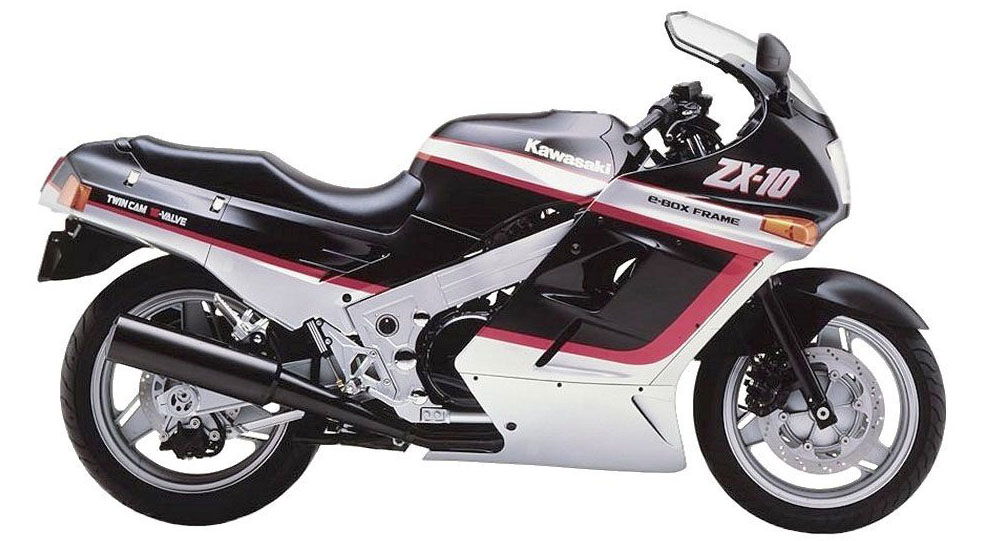
3: 1990s
WHILE it’s virtually impossible to pick the absolute fastest bike of the 1980s, there’s no question about which 1990s machine holds the title. In fact, Suzuki’s Hayabusa of 1999 arguably remains the title holder even today.
It marked the end of a top speed battle that began with 1990’s Kawasaki ZZ-R1100 (177mph), went via Honda’s CBR1100XX Super Blackbird (launched in 1996 amid newspaper scare stories of a ‘200mph’ bike, it actually did around 178mph), and ended decisively with the launch of the ‘Busa.
How decisively? Well, 194mph is a pretty convincing top speed when your rivals find 180 is beyond their reach.
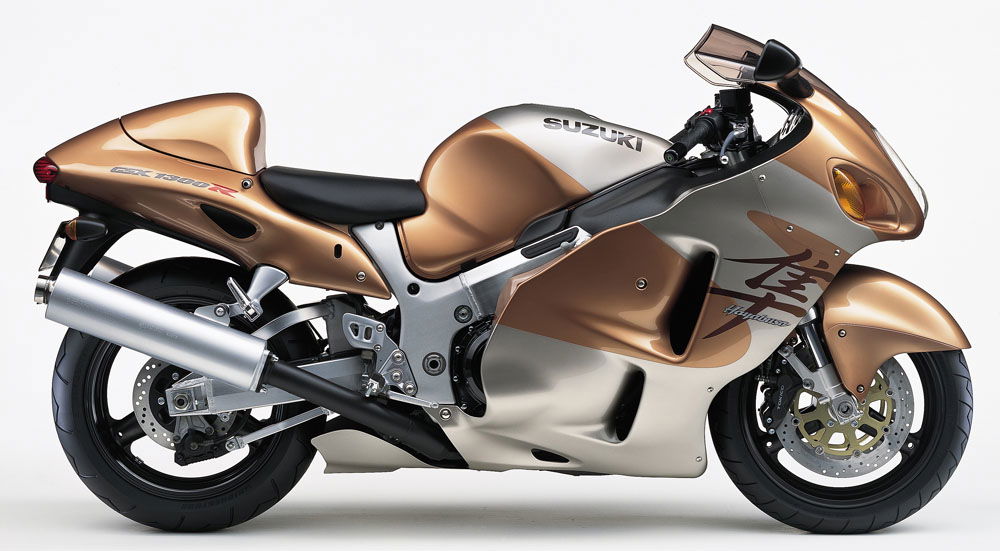
2: 2000s
THE year 2000 marked not only the dawn of a new millennium but the end of the top speed battle between major manufacturers. Just as Kawasaki got in on the act with the ZX-12R, the manufacturers clubbed together to agree that actually 186mph (300km/h) was plenty fast enough on the road. And, more to the point, that if they didn’t do something to curb top speeds, and the headlines they generated, there was a real risk that politicians looking to score easy ‘road safety’ points would force them to adhere to speed – or, worse still, power – limits. So, officially, every mass-made bike since the first-generation ’Busa has been slower.
Of course, the reality is that, apart from an electronic nanny that kicks in at 186mph, the progress never stopped. A modern 197bhp Busa must be faster than a first-gen 160bhp machine. However, in real top speed terms, any one of the 1000cc superbikes, the ZZ-R1400 or the Busa will all do 186mph, officially tying for the prize. When we rode the 2012 ZZR-1400 at the Nardo Ring it pulled 186mph in 5th, with one cog left.. In fact stuff like the MV Agusta F4 312R, Ducati Desmosedici RR and BMW S1000RR tended to be faster than the Hayabusa and ZZ-R, perhaps due to ‘softer’ speed limiters (or no limiter at all?) as they all nudge the 190mph mark. We've picked the MV Agusta F4 312R with its recorded top speed of 194mph (312kmh) at the Nardo ring.
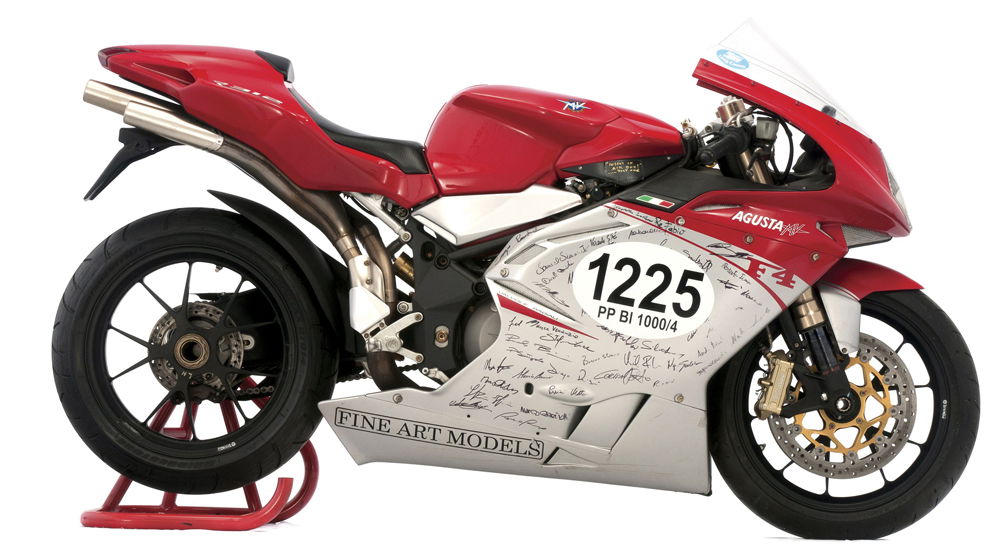
1: 2010s
ALTHOUGH we’re well into the 2010s there’s still little sign of anyone daring to break the voluntary arrangement that limits the top speeds of bikes to 186mph, so the status quo hasn’t changed. Racing has shown that today’s machines have potential to be quicker (Tom Sykes’ 210mph at Monza on a WSB ZX-10R last year, for instance – even without the race bike’s extra power surely the 197bhp production Kawasaki would be near 200mph if de-restricted and correctly geared?).
But what we really need is a manufacturer to tear that agreement up and launch a full-pace road bike; these days there are scores of cars that can manage more than 200mph – including some fairly mundane-looking saloons – and the Eurocrats haven’t stepped in to stop them, so surely a bike maker could get away with a 200mph-plus machine without provoking their ire. Provided it’s expensive enough to remain out of reach to the great unwashed, of course. Hmm… Honda is planning a super-expensive road going machine derived from the 217mph RCV GP bike, what are the odds that perhaps it will be the fastest of this decade?
